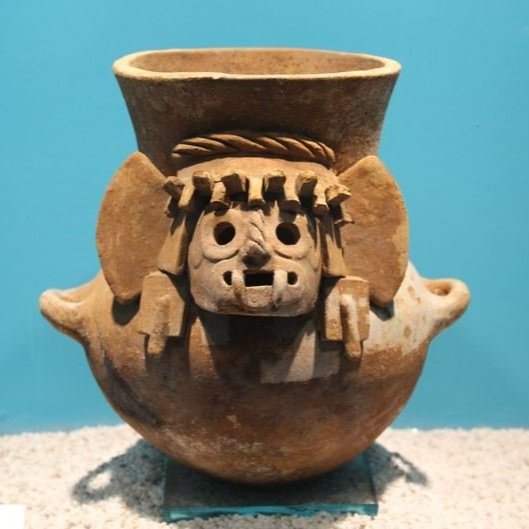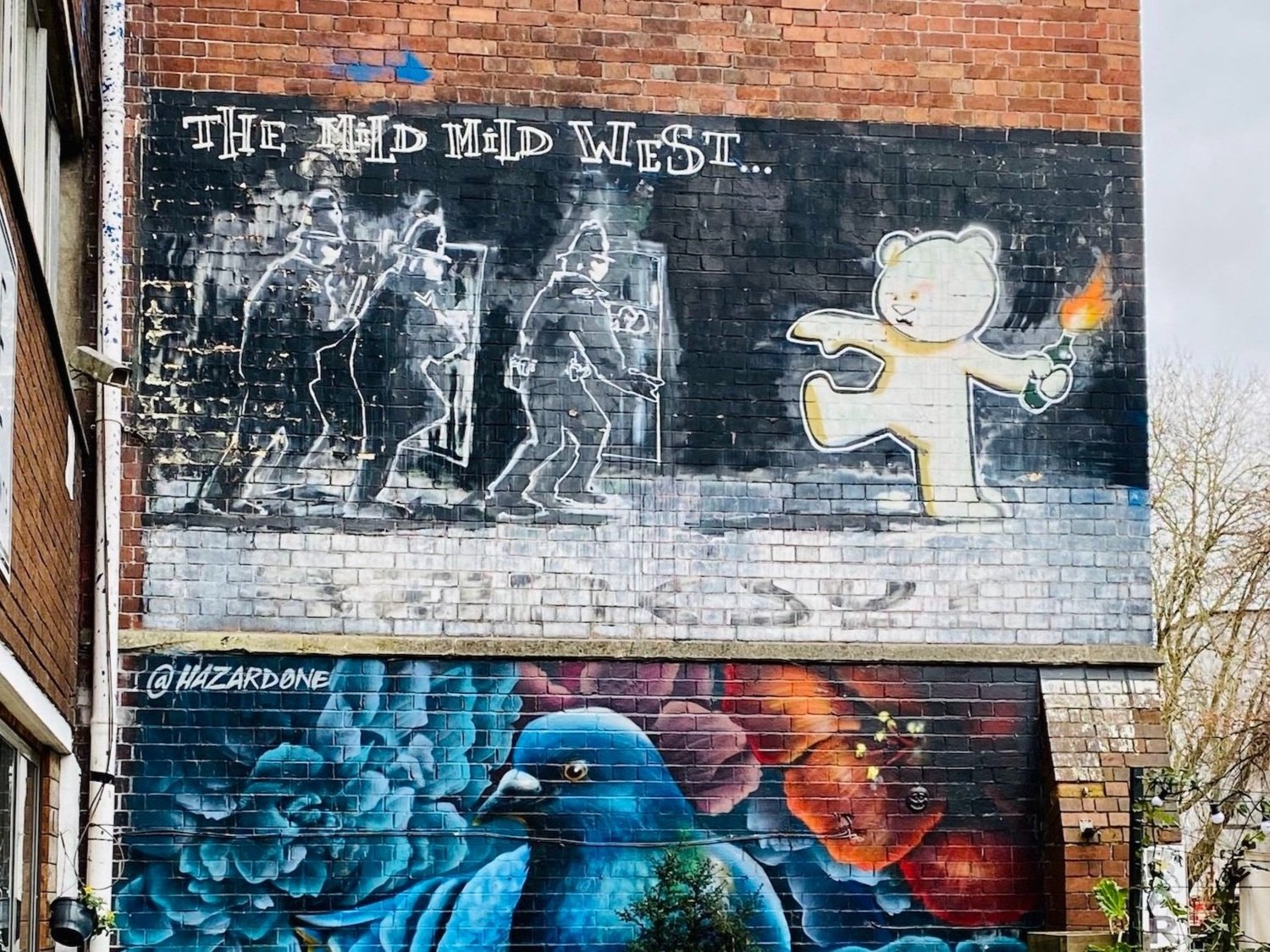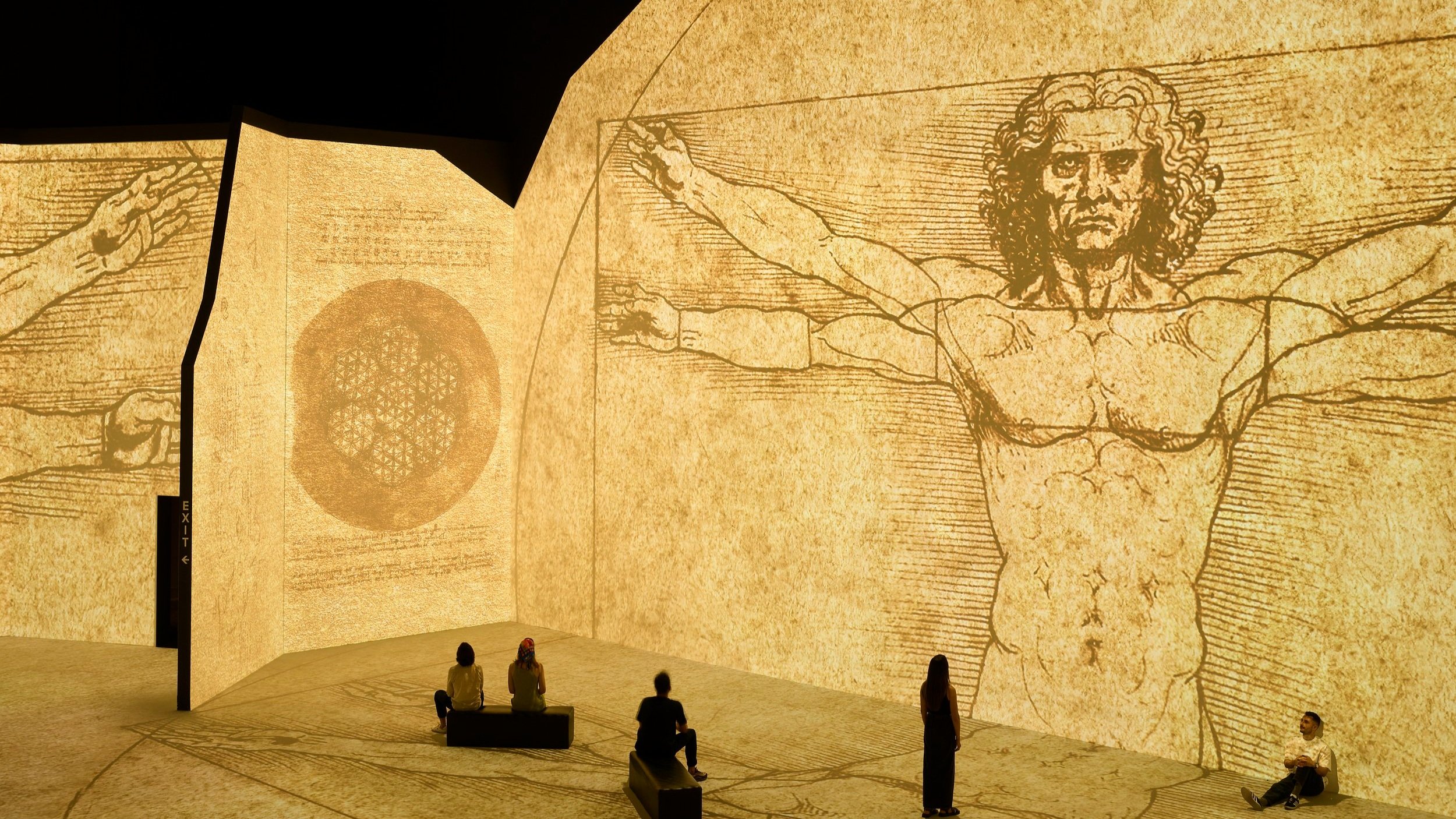What art movements were inspired by Vincent van Gogh?
Vincent van Gogh had a brief but intense career as an artist, producing over 2,000 artworks, including paintings, drawings, and sketches. Despite facing personal challenges and battling inner demons, his artistic vision remained unwavering, creating a body of work that reflects his emotional depth and keen observations of the world around him.
Van Gogh’s significance as an artist extends far beyond his own lifetime and has shaped the course of art history through the 20th Century. His style, which emerged during the Post-Impressionist movement, challenged traditional artistic norms and laid the foundation for numerous art movements to come.
In the following sections, I will explore the art movements that were inspired by Van Gogh’s revolutionary approach to art. From Expressionism to Fauvism, Abstract Expressionism to Neo-Expressionism, I will explore how Van Gogh’s artistic legacy continues to shape and influence the ever-evolving world of art.
Van Gogh and Post-Impressionism
Post-Impressionism was an art movement that emerged in the late 19th century that marked a departure from the Impressionist style that preceded it. Post-Impression was led by Paul Cézanne, Paul Gauguin, Vincent van Gogh and Georges Seurat.
Georges Seurat (1859-1891), Ein Sonntagnachmittag
While the Impressionists focused on capturing fleeting moments and the effects of light, Post-Impressionists sought to delve deeper into subjective experiences and emotions, pushing the boundaries of artistic expression.
Post-Impressionism encompassed a diverse group of artists who shared a common goal of exploring new artistic possibilities. They emphasised personal expression, individual interpretation, and the power of colour and form to convey emotions. Rather than faithfully reproducing nature, Post-Impressionists aimed to depict the world through their own unique perspectives.
Vincent van Gogh played a pivotal role as a prominent Post-Impressionist artist. His contributions to the movement were instrumental in its development and subsequent influence on other artists. Van Gogh’s paintings were characterised by bold brushwork, intense colors, and a distinctive use of texture. He moved beyond the limitations of realistic representation, opting instead to express his inner emotions and spiritual connection to nature.
By employing thick layers of paint in a technique known as impasto, Van Gogh added depth and texture to his works, giving them a tactile quality that transcended the two-dimensional canvas.
Van Gogh’s contributions to Post-Impressionism were not limited to his own contemporaries. His art continued to inspire artists in the decades to come, as they sought to break away from traditional artistic conventions and explore new avenues of self-expression. Van Gogh’s impact on the art world extended far beyond his lifetime, making him a pivotal figure in the development of modern art.
Expressionism: Capturing Emotions and Subjectivity
Expressionism is an influential art movement that emerged in the early 20th century. Notable Expressionist artists included, Edvard Munch, Wassily Kandinsky and Ernst Ludwig Kirchner.
Wassily Kandinsky, Yellow-Red-Blue, 1925
Expressionism sought to convey subjective emotions and inner experiences through bold and distorted representations. It emphasised the artist’s personal interpretation of the world, often reflecting their own psychological and emotional states rather than objective reality.
Van Gogh’s use of colour and brushwork played a significant role in influencing Expressionist artists. His vibrant and non-traditional colour palette, characterised by intense hues and juxtapositions, resonated deeply with Expressionists.
Van Gogh’s colours were not merely used to replicate the natural world, but rather to convey heightened emotional states and create a visual impact that stirred the viewer’s senses.
Expressionist artists, inspired by Van Gogh’s colour choices, adopted similarly vivid palettes to express their own emotions and subjective experiences. They embraced bold and contrasting colours to create a heightened sense of drama and intensity in their artworks. Van Gogh’s experimentation with colour served as a catalyst for Expressionist artists to explore new avenues of emotional expression through vivid hues.
In addition to colour, Van Gogh’s expressive brushwork greatly influenced Expressionism. His bold and dynamic brushstrokes conveyed a sense of movement and energy, and the artist’s emotional state. This technique allowed him to capture the essence of his subjects and imbue his paintings with a raw emotional power.
Expressionist artists, inspired by Van Gogh’s brushwork, began to experiment with their own gestural and spontaneous mark-making. They sought to convey the intensity of their emotions and inner turmoil through dynamic and energetic brushstrokes.
Numerous Expressionist artists were directly influenced by Van Gogh’s revolutionary approach to art. One notable example is the German Expressionist group known as Die Brücke (The Bridge). Artists such as Ernst Ludwig Kirchner admired Van Gogh’s techniques, incorporating these elements into their own works. The vibrant and emotionally charged paintings of these artists bear the unmistakable influence of Van Gogh’s artistic style.
Ernst Ludwig Kirchner, Sertig Valley in autumn, 1920
Another prominent artist influenced by Van Gogh within the Expressionist movement was Egon Schiele. Schiele’s distorted and psychologically charged portraits, much like Van Gogh’s self-portraits, captured the inner emotional turmoil of the subjects.
Egon Schiele, Self-Portrait with Physalis, 1912
Fauvism: Bold Colours and Simplified Forms
Fauvism is an avant-garde art movement that emerged in the early 20th century that celebrated the use of bold and vibrant colours, as well as simplified forms, to create expressive and emotionally charged artworks.
Fauvist painters sought to break away from traditional artistic conventions and explore the transformative power of colour as a means of conveying emotions and capturing the essence of their subjects. Famous Fauvism artists include Henri Mattise, Raoul Dufy, Kees van Dongen, Georges Rouault and Maurice de Vlaminck.
Fauvist painters, inspired by Van Gogh, embraced a similar approach to colour, employing vivid and arbitrary colour combinations that defied realistic representation. They sought to capture the essence of their subjects through the transformative power of colour, often using intense and contrasting hues to create a visual impact that bypassed literal depictions.
Henri Matisse, The Red Room, 1908 (CC Image courtesy of Gandalf’s Gallery, Flickr)
One prominent Fauvist artist directly influenced by Van Gogh was Henri Matisse. Matisse, known for his vibrant and expressive use of colour, admired Van Gogh’s ability to evoke emotion through his bold palette.
Kees van Dongen, Woman with blue eyes, 1908 (CC Image courtesy of CEO+, Flickr)
Another Fauvist artist influenced by Van Gogh was Kees van Dongen. Van Dongen’s portraits, much like Van Gogh’s, display a bold and vivid colour palette that captures the essence of his subjects’ personalities.
Raoul Dufy, another Fauvist artist, also drew inspiration from Van Gogh’s vibrant colour palette. Dufy admired Van Gogh’s ability to capture the movement and rhythm of his subjects through his expressive use of colour and brushwork. In his own works, Dufy employed vibrant and bold colours to create a sense of dynamism and energy, reminiscent of Van Gogh’s style.
Van Gogh’s influence on Fauvism extended beyond these examples, as his revolutionary approach to colour and form inspired numerous Fauvist artists to explore new avenues of expression. The Fauvists’ bold colour choices and simplified forms owe a debt to Van Gogh’s pioneering use of colour and his ability to infuse his paintings with emotional intensity.
Through Van Gogh’s influence, Fauvism emerged as a significant movement that challenged traditional artistic norms and paved the way for future explorations in colour and form. Van Gogh’s legacy within Fauvism solidifies his status as a visionary artist who continued to inspire and influence subsequent generations of artists.
Abstract Expressionism: Emotion and Gesture
Abstract Expressionism is a prominent art movement that emerged in the mid-20th century that emphasised the expression of emotions, inner experiences, and the artist’s subconscious through abstract forms and gestural brushwork. It sought to break away from representational art and explore the depths of human emotion through non-representational means.
Famous Abstract Expressionist painters included Jackson Pollock, Joan Mitchell, Clyfford Still, Jacques Rosas, Helen Frankenthaler and Willem de Kooning.
Van Gogh’s expressive brushwork and emotional depth resonated deeply with Abstract Expressionist artists. His ability to convey raw emotion and capture the essence of his subjects through dynamic and energetic brushstrokes aligned with the goals of Abstract Expressionism. Van Gogh’s brushwork was not merely a technique, but a vehicle for expressing his own inner turmoil and connecting with the viewer on an emotional level.
Abstract Expressionist artists, inspired by Van Gogh, embraced the spontaneity and immediacy of the brushstroke, allowing their emotions to guide their movements on the canvas. Van Gogh’s expressive brushwork served as a catalyst for Abstract Expressionists to explore the untapped potential of gesture as a means of expressing their innermost thoughts and feelings.
Willem de Kooning, a key figure in Abstract Expressionism, recognised Van Gogh’s impact on his own artistic development. De Kooning’s expressive and dynamic brushwork, particularly evident in his series of "Woman" paintings, reflects the influence of Van Gogh’s bold and gestural style.
Woman Standing - Pink, 1954-5 Willem de Kooning (CC Image courtesy of FrankTang, Wiki Commons)
Another influential Abstract Expressionist artist who drew inspiration from Van Gogh was Jackson Pollock. Pollock’s revolutionary “drip” painting technique, where he poured and dripped paint onto the canvas, was a direct response to the expressive potential of the brushstroke exemplified by Van Gogh. Pollock’s paintings, such as “No. 31, 1950” embody the energy and emotional intensity that can be traced back to Van Gogh’s pioneering use of brushwork.
Jackson Pollock, Number 31, 1950
Mark Rothko, known for his large-scale colourful paintings, also acknowledged Van Gogh’s influence on his artistic practice. Rothko’s paintings, characterised by broad expanses of colour, invite the viewer into an immersive and contemplative experience reminiscent of Van Gogh’s emotional depth.
No. 14, Mark Rothko (CC Image courtesy of Naotake Murayama, Flickr)
Van Gogh’s influence on Abstract Expressionism extends beyond these examples, as his expressive brushwork and emotional intensity continue to resonate with artists seeking to tap into the depths of human experience. His legacy within Abstract Expressionism reinforces his position as an artist who pushed the boundaries of artistic expression and continues to inspire artists to this day.
Neo-Expressionism: Revisiting Emotion and Figurative Art
Neo-Expressionism is a movement that emerged in the late 20th century that sought to revive and reinvigorate the expressive and figurative elements of art that had been overshadowed by abstraction and conceptualism. It placed a renewed emphasis on raw emotion, personal experience, and the human figure as a means of artistic expression.
The leading Neo-Expressionist artists were Jean-Michel Basquiat, Anselm Kiefer, Philip Guston, Julian Schnabel, Christopher Le Brun and Paula Rego.
Van Gogh’s emotionally charged artworks served as a powerful inspiration for Neo-Expressionist artists. His ability to convey intense emotions and capture the human experience resonated deeply with those seeking to reconnect with the raw and visceral nature of artistic expression. Van Gogh’s art offered a template for Neo-Expressionist artists to revisit the power of emotions in their own works.
Van Gogh’s ability to depict the human figure in a raw and emotive manner influenced Neo-Expressionists to revive figurative art and explore the depths of human experience.
An artist who embraced Van Gogh’s influence within Neo-Expressionism was Jean-Michel Basquiat. Basquiat’s works, characterised by their raw energy, vibrant colours, and expressive mark-making, bear the imprint of Van Gogh’s influence. Like Van Gogh, Basquiat explored the themes of identity, social commentary, and the human condition through his art, creating works that resonate with a profound emotional depth.
“Notebooks of Jean-Michel Basquiat" at the Cleveland Museum of Art in Cleveland, Ohio (CC Image courtesy of Tim Evanson, Flickr)
Another notable Neo-Expressionist artist influenced by Van Gogh was Germany’s Anselm Kiefer. Kiefer’s large-scale, heavily textured paintings often incorporate elements of mythology, history, and personal narrative. Van Gogh’s passionate approach to painting and his exploration of existential themes found resonance in Kiefer’s works, which embody a similar emotional intensity and engagement with the human experience.
Julian Schnabel, Athanor, 1983
Julian Schnabel, a prominent Neo-Expressionist artist, acknowledged Van Gogh’s influence on his own artistic practice. Schnabel’s large-scale paintings, characterised by their bold brushwork and richly layered surfaces, convey a sense of emotional weight and contemplation reminiscent of Van Gogh’s works. Schnabel’s use of texture and materiality echoes Van Gogh’s impasto technique, creating a tactile quality that enhances the emotional impact of his art.
Installation view of Julian Schnabel CC Image courtesy of Dallas Contemporary 16, Wiki Commons
His legacy within Neo-Expressionism reaffirms his position as an artist whose ability to convey profound emotions and capture the human experience resonates across time and artistic movements.
Van Gogh’s Influence: My Final Thoughts
Throughout history, Vincent van Gogh’s art has inspired and influenced numerous art movements. From Post-Impressionism to Expressionism, Fauvism, Abstract Expressionism, and Neo-Expressionism, Van Gogh’s innovative techniques, emotional depth, and bold use of color and brushwork have resonated with artists across generations.
Van Gogh’s lasting impact on subsequent artists is a testament to his revolutionary approach to art. His ability to convey intense emotions, capture the human experience, and push the boundaries of artistic expression continues to inspire and captivate artists today.
Expressionists found inspiration in his use of colour to convey emotions, while Fauvists embraced his bold colour choices and simplified forms. Abstract Expressionists were moved by his expressive brushwork and emotional depth, and Neo-Expressionists sought to revisit the raw emotion and figurative art that Van Gogh exemplified.
His art has served as a wellspring of inspiration for countless artists, and his legacy as a visionary and innovator in the art world remains strong.
I have provided information about where to view Van Gogh paintings in Europe, California, New York, Chicago, Washington D.C. and New England. For more articles about Vincent van Gogh, click here.
I hope you have found this article about Vincent van Gogh’s influence interesting. I would love to hear your thoughts, please feel free to email me and let me know at [email protected].


















